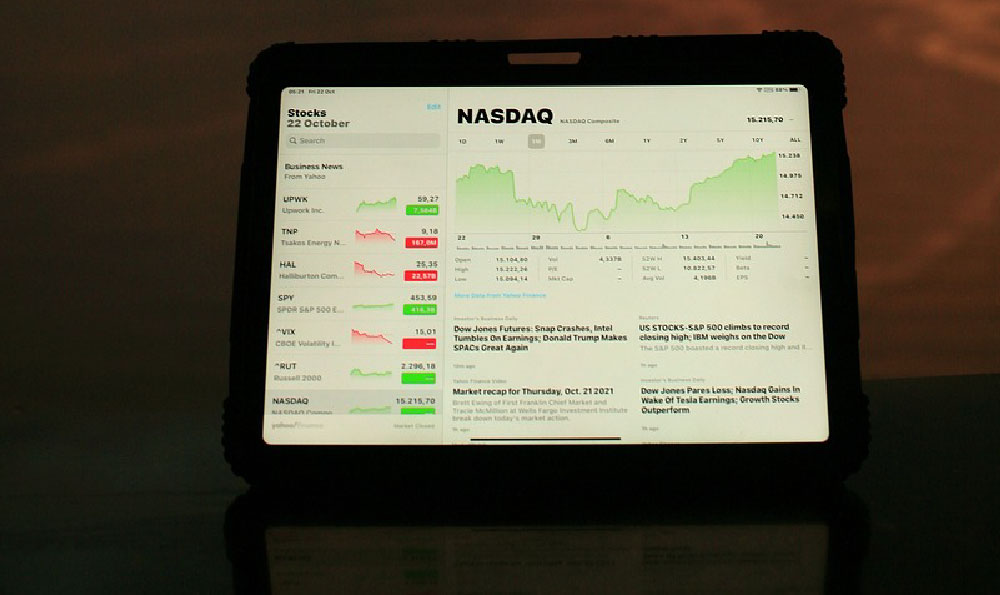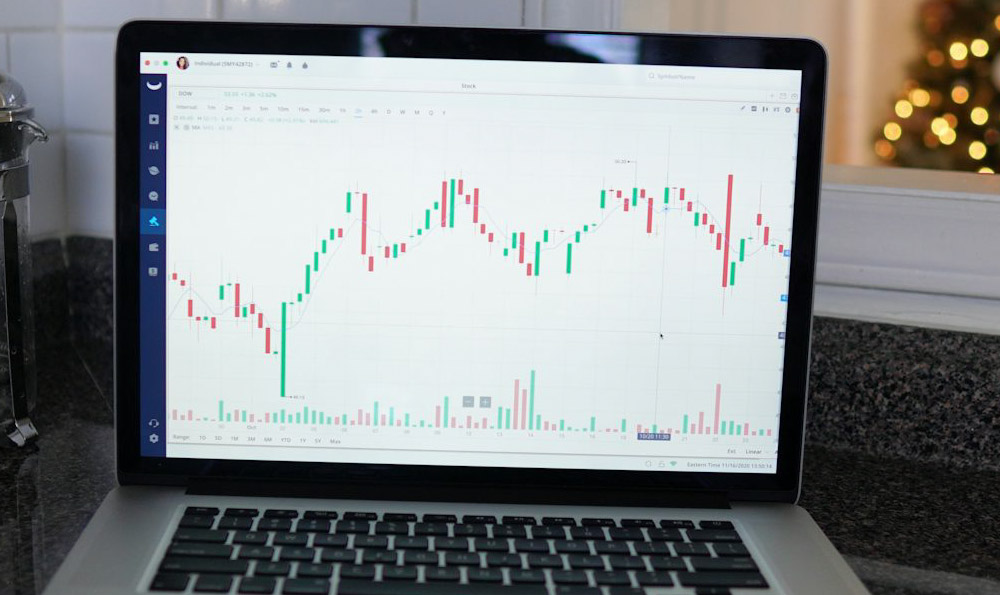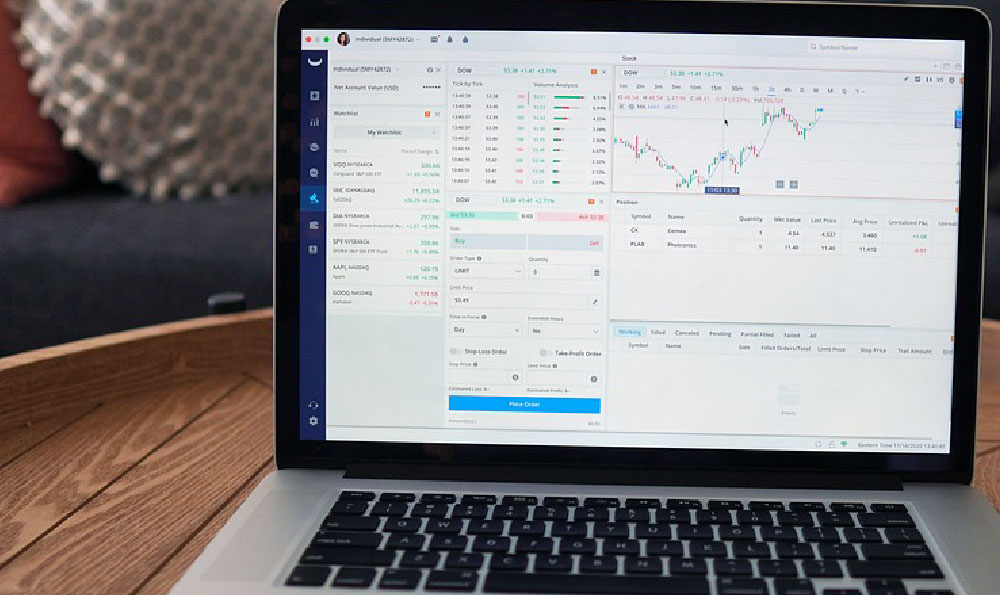Creating a YouTube channel has become a ubiquitous ambition in the 21st century, fueled by the promise of creative expression, community building, and, yes, the potential for financial rewards. But navigating the world of YouTube content creation and monetization can be a labyrinthine process. Let's delve into the mechanics of establishing a YouTube channel and then honestly assess the opportunities and challenges associated with turning it into a revenue stream.
The foundational step, naturally, is creating your channel. Assuming you already possess a Google account (which is a prerequisite), simply head over to YouTube and sign in. You'll find an option, usually in the profile dropdown menu, to "Create a Channel." YouTube will guide you through the process, prompting you to choose between using your existing Google account name or establishing a custom brand name for your channel. Opting for a brand account provides greater flexibility later on, allowing for multiple users to manage the channel and offering more sophisticated analytics.
Once your channel is established, the real work begins: content creation. This is where your unique vision comes into play. Identify your niche. What are you passionate about? What expertise do you possess? What problem can you solve for viewers? The more focused your content, the easier it will be to attract a dedicated audience. Consider the competitive landscape. Are there already numerous channels covering your chosen topic? If so, how can you differentiate yourself? Perhaps you offer a unique perspective, a higher production value, or a more engaging personality.

Production quality matters. While viewers are often forgiving of initial imperfections, consistently poor audio, blurry video, or sloppy editing will quickly turn them off. Invest in decent equipment, even if it's just a good microphone and a smartphone with a decent camera. Learn basic video editing skills. There are numerous free and paid software options available, ranging from iMovie (for Apple users) to DaVinci Resolve (a powerful free tool). YouTube itself offers basic editing capabilities.
Beyond the technical aspects, storytelling is crucial. Engage your audience with compelling narratives, clear explanations, and a genuine connection. Think about the pacing of your videos. Are they too long? Too short? Are you keeping viewers engaged from beginning to end? Use visuals effectively. Incorporate graphics, animations, and b-roll footage to enhance your message and keep viewers interested.
Once you've created a library of content, it's time to focus on channel optimization. This involves optimizing your video titles, descriptions, and tags to improve search visibility. Use relevant keywords that viewers are likely to use when searching for content like yours. Create eye-catching thumbnails that accurately represent your videos and entice viewers to click. Utilize YouTube's built-in analytics to track your performance and identify areas for improvement. Pay attention to metrics such as views, watch time, audience retention, and demographics.
Promoting your channel is essential for growth. Share your videos on social media platforms such as Facebook, Twitter, Instagram, and TikTok. Engage with your audience in the comments section. Collaborate with other YouTubers in your niche to cross-promote your channels. Consider running YouTube ads to reach a wider audience. Building a community around your channel is key to long-term success. Encourage viewers to subscribe, like your videos, and leave comments. Respond to their questions and feedback. Create a sense of belonging.
Now, let's address the burning question: Can you really make money on YouTube? The short answer is yes, but it's not a guaranteed path to riches, and it requires significant effort, dedication, and, often, a degree of luck.
The primary avenue for monetization is through the YouTube Partner Program (YPP). To qualify for the YPP, you need at least 1,000 subscribers and 4,000 valid watch hours within the past 12 months. Once you meet these requirements, you can apply to the program and, if accepted, begin displaying ads on your videos. Google pays you a percentage of the ad revenue generated by your videos, typically around 55%.
However, ad revenue alone is often not enough to sustain a full-time income, especially for smaller channels. There are other monetization strategies to consider.
- Channel Memberships: Offer exclusive content and perks to viewers who pay a monthly fee.
- Super Chat & Super Stickers: Allow viewers to pay to have their messages highlighted during live streams.
- Merchandise Shelf: Sell branded merchandise directly on your YouTube channel.
- Affiliate Marketing: Promote products or services in your videos and earn a commission on sales generated through your affiliate links.
- Sponsorships: Partner with brands to create sponsored content.
The amount of money you can earn on YouTube varies widely depending on factors such as your niche, audience size, engagement rate, and monetization strategy. Some YouTubers earn millions of dollars per year, while others struggle to make even a few hundred. The competition is fierce, and the algorithms are constantly changing.
Furthermore, it's important to be aware of the potential drawbacks of pursuing a career on YouTube. It can be a demanding and time-consuming endeavor. You need to be consistently creating high-quality content, engaging with your audience, and promoting your channel. There's also the risk of burnout and the pressure to maintain a consistent online presence.
In conclusion, creating a YouTube channel is relatively straightforward, but building a successful and profitable channel is a marathon, not a sprint. It requires passion, dedication, creativity, and a willingness to adapt to the ever-changing landscape of online video. While the potential for financial rewards is real, it's important to approach YouTube with realistic expectations and a long-term perspective. If you're prepared to put in the work, and you have something unique to offer, then YouTube can be a rewarding and potentially lucrative platform.












